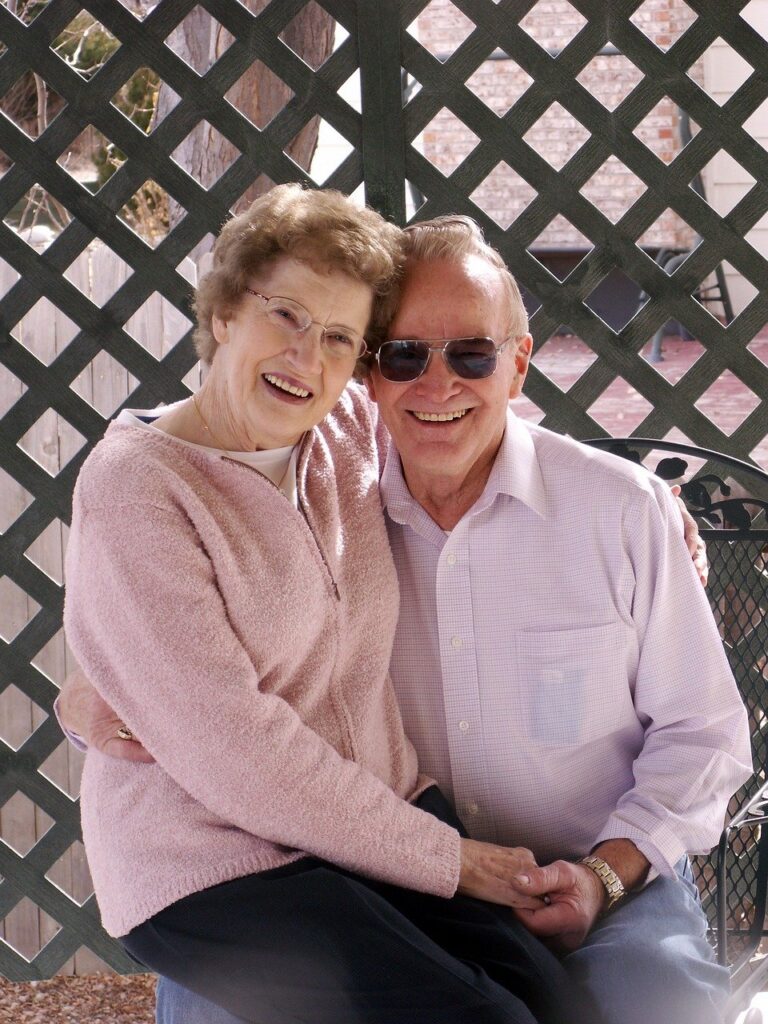CranioSacral Therapy & Breathwork FAQs
Craniosacral therapy & breathwork FAQs.
we support the wellness of your whole family.



CranioSacral Therapy & Breathwork FAQs
Your Craniosacral session takes place in a lightly lit room with quiet music in the background while you lie on a padded table fully clothed enjoying the subtle smell of aromatherapy. Your craniosacral therapist will use a light, safe touch that’s different from other forms of bodywork.
Most people leave feeling more relaxed and grounded and many experience a degree of symptom relief even after the first session. Conditions that tend to be more chronic will often take more sessions. Everyone’s experiences are individual and may differ from one session to the next. Sometimes symptoms can be aggravated by the work as things come to the surface. These sensations are temporary and a normal part of your body’s natural healing process and taking some time after a session to rest and relax is helpful. Drinking more water following your session will be helpful as well.
Most people leave feeling more relaxed and grounded and many experience a degree of symptom relief even after the first session. Conditions that tend to be more chronic will often take more sessions.
How a person responds to CST varies from individual to individual as well as from condition to condition. Even if the condition is similar to anyone else’s. It may be that one session is enough and it may be that a person benefits from 3 times a week over the course of several weeks. Your therapist and you will discuss your options with you.
CST is a gentle technique of treating the membranes and cerebral spinal fluid that surround and protect both the spinal cord and brain. This treatment supports the self-corrective nature of the nervous system by releasing tight structure/restrictions therefore improving the movement of information through the nerve channels, reducing pain and stress, strengthening immune system recovery and boosting health and well-being.
CST is increasingly used as a preventive health measure for its ability to bolster resistance to disease. Its effectiveness supports a range of medical problems associated with pain and dysfunction.
The body depends on the brain and spinal cord (Central Nervous System) to function properly.
The health of your brain and spinal cord is heavily influenced by the craniosacral system (the fluid and membranes that surround, nourish and protect the brain and spinal cord).
Everyday life can cause strains on the Central Nervous System/CranioSacral System
This sequence explains quickly how this happens:
- Stress and strain of everyday life happens
- Your body then compensates for these stresses and strains
- The compensation of these strains and stresses tightens tissues and distorts the craniosacral system (the fluid surrounding your brain and spinal cord)
- The distortion of the craniosacral system can cause tensions to form around your brain and spinal cord
- This results in restrictions.
- These restrictions impact the ability of the brain/spinal cord to function properly and potentially every other system it interacts with causing symptoms such as digestive difficulties, migraines, back pain and difficulties managing stress just to name a few.
Fortunately, the restrictions are able to be detected and supported by your therapist allowing your body to self-correct. Your therapist uses their hands to evaluate the rhythms of the craniosacral system by gently feeling various locations of the body. They are looking for ease of motion and rhythm of the cerebrospinal fluid pulsing around the brain and spinal cord. Once the locations of the restrictions are found your therapist continues to use the gentle touch to support your body in releasing them from the tissues.
CST is able to alleviate a wide variety of dysfunctions by enhancing the body’s ability to self-correct through this process of normalizing the environment around the brain and spinal cord.
CST would not be recommended in the following conditions
- Conditions where there is a variation and/or slight increase in intracranial pressure would cause instability.
- Acute aneurysm
- Acute cerebral hemorrhage
- Other pre existing severe bleeding disorders
It was in 1970, during a neck surgery in which he was assisting, that osteopathic physician John E. Upledger first observed the rhythmic movement of what would soon be identified as the craniosacral system. None of his colleagues nor any of the medical texts at the time could explain this discovery, however.
His curiosity piqued, Dr. Upledger began searching for the answer. He started with the research of Dr. William Sutherland, the father of cranial osteopathy. For some 20 years beginning in the early 1900s, Sutherland had explored the concept that the bones of the skull were structured to allow for movement. For decades after, this theory remained at odds with the beliefs of the scientific and medical communities. Dr. Upledger believed, however, that if Sutherland’s theory of cranial movement was in fact true, this would help explain, and make feasible, the existence of the rhythm he had encountered in surgery.
It was at this point that Dr. Upledger set out to scientifically confirm the existence of cranial bone motion. From 1975 to 1983 he served as clinical researcher and Professor of Biomechanics at Michigan State University, where he supervised a team of anatomists, physiologists, biophysicists and bioengineers in research and testing. The results not only confirmed Sutherland’s theory, but led to clarification of the mechanisms behind this motion – the craniosacral system. Dr. Upledger’s continued work in the field ultimately resulted in his development of CranioSacral Therapy.
Taken from https://www.upledgerclinic.com
Your child’s Craniosacral session takes place in a lightly lit room with quiet music in the background while they lie on a padded table fully clothed enjoying the subtle smell of aromatherapy. A light, safe touch that’s different from other forms of bodywork will be used. You are encouraged to stay it the room during treatment.
How many sessions really depends on the symptoms your child is having. You and your child may notice great symptom relief in one session but often times it takes several sessions over time.
Many parents report that their child sleeps very well following an appointment. CranioSacral looks very passive but your child’s body is working hard to self-correct and this takes a lot of energy.
CranioSacral therapy can help your child’s nervous system move out of ‘fight or flight’ and into ‘rest and digest’.
What does this mean? A child whose system is stuck in ‘fight or flight’ mode, may demonstrate irritability, increased anxiety, being overly busy and quick with their motions or difficulty focusing on the task at hand as well as have difficulty sleeping or getting restful sleep.
The ‘flight or fight’ mode is supposed to be a temporary state of being. It’s there to alert us of danger and move quickly away from it. Our bodies are made to automatically go back to ‘rest and digest’ after the danger is gone. But with stress or trauma, a child’s body can become stuck in the ‘flight or fight’ mode.
When the ‘fight or flight’ system is turned off, your child’s nervous system can then move them into a calmer ‘rest and digest’ state. A child in ‘rest and digest’ mode appears calm with improved ability to focus and manage stress and tend to have more restful sleep.
Children move to learn so it’s a natural thing for them to want to do so. Your therapist understands, expects and respects this.
Your therapist will use a small space with toys/books to occupy your child during their treatment. You are invited to play or read a book to them during their session.
Many parents bring a snack, a blanket/toy that gives their child comfort or a special/novel toy to keep them occupied. You are welcome to do so. Once they are ‘settled’ into an activity, your therapist will begin treatment. You are encouraged to stay in the room during their session.
If your child is upset and crying, your therapist won’t begin treatment until they feel safe, secure and settled.
It may take a while as your child acclimates to being in the treatment room and accept treatment. They may even benefit from taking small breaks during the session. There is time built into the session to respectfully allow for these instances.
To get the best results from our breathwork, we recommend doing 1 long breathwork per week, as well as three short sessions.
We are passionate about this practice because of the amazing transformations we have seen. We regularly receive feedback about incredibly positive changes in stress and anxiety levels, mood and happiness, sleep, energy levels, self-confidence, relationships comma motivation comma and self-acceptance.
Breathwork and meditation have very similar mindfulness benefits period we love breath work because it is engaging and you will feel the benefits after only one session. Breathwork changes the state of your body, helps you manage stress and anxiety, and allows for immediate feelings of well-being.
If your session is virtual: Prior to your session, prepare a comfortable area to either sit or lay down. This may be on a couch, bed, or a yoga mat on the floor. We recommend wearing an eye mask to focus your journey inward. It is also beautiful to enhance your experience with essential oils. We highly encourage the use of headphones to get the best music quality during your session.
If your session is in-person: You will have a choice to lay on a soft-padded table or on a yoga mat on the floor. We recommend wearing an eye mask to focus your journey inward. You have a choice to enhance your experience with essential oils offered by Paula.
Breathwork shuts down the thinking slash ruminating mind so you can enter a state of calm and focus. It calms down the nervous system to shift us out of fight or flight mode into deep relaxation. Breathing exercises are gaining credibility with elite universities, Fortune 500 companies, and the top health researchers.
As a trauma-informed certified breathwork facilitator, Paula understands the profound impact of trauma on the entire person. She realizes how difficult it is to heal from trauma without explicitly addressing the body. A trauma-informed breathwork facilitator meets breathers exactly where they are to collaboratively create an experience that safely enables the embodiment necessary to allow for healing and transformation.
All humans can benefit from a trauma-informed approach. It is not just for people whose pain is with notable sources of trauma. Trauma-informed support can also apply to people with a history of depression or anxiety that has created havoc in life. Ultimately, this approach relates to people who identify with experiencing any amount of psychological pain or grief. This is literally a human-informed approach.
Sometimes it can feel like a challenge to complete a long breathwork session. But trust us, it’s always worth it! As a beginner, we recommend starting with a few shorter sessions to get familiar with the style and individual guidance. It is common for your body to undergo physiological changes while doing breathwork; Body temperature fluctuation, numbness and tingling in your arms and legs, tightness in your hands. Do not worry, this will all return back to normal as your breath does. Our goal is that everyone can receive the full benefits whether they have previous experience with breathwork or not.
We do not recommend practicing breath work while pregnant, as some of the holds might be dangerous for mother and baby. Check with your doctor before you start a breathwork practice if you have a history of epilepsy or cardiovascular issues, including high blood pressure, or are currently taking antipsychotic medications. Never perform breathwork while driving or in water. Breathwork has the potential to bring about intense feelings. Because of the strong physical and emotional releases that may arise, it is not recommended for everyone. Please talk to your doctor before practicing. Some other types of breathwork can induce hyperventilation, which can bring on dizziness chest pain and pounding heartbeat. It is common for your body to undergo physiological changes while doing breathwork; Body temperature fluctuation, numbness and tingling in your arms and legs, tightness in your hands. Do not worry, this will all return to normal is your breath does.
For a more in depth view of CranioSacral Therapy, please visit Upledger
